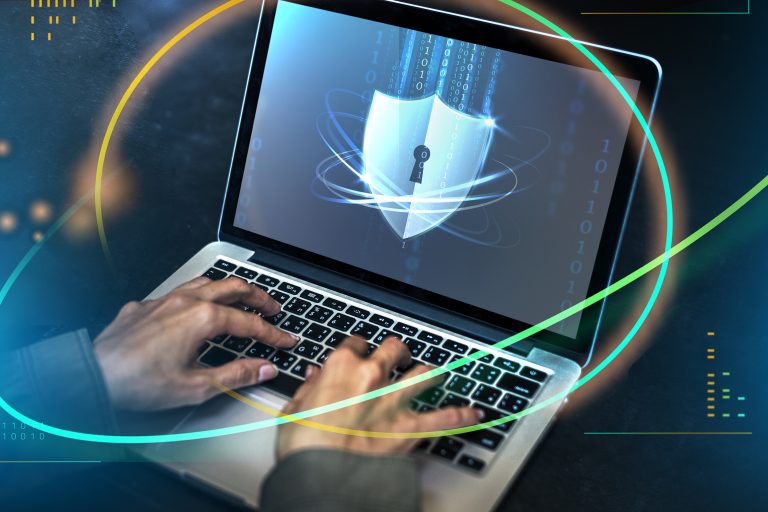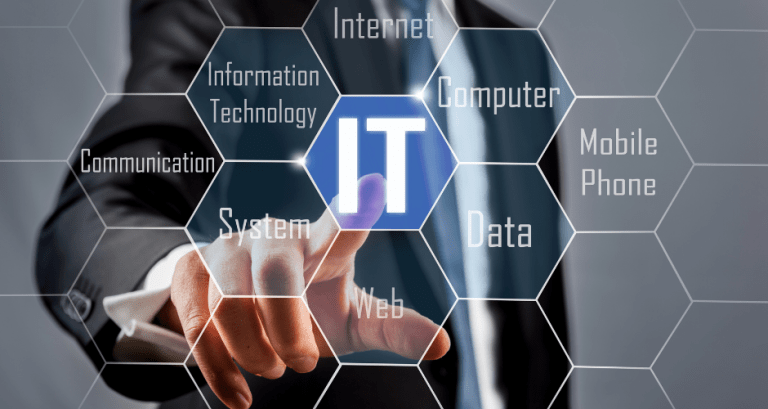IT Trends That Dominated 2024 and What to Expect in 2025
IT Trends That Dominated 2024 and What to Expect in 2025
Technology continues to evolve at an unprecedented pace, reshaping industries and societies. 2024 saw significant advancements in artificial intelligence (AI), sustainability, and security, while 2025 is poised to deepen these transformations. Here, we delve into the key IT trends of 2024 and explore what’s on the horizon for 2025.
2024
Generative AI Revolution
Generative AI matured significantly in 2024, moving beyond experimental applications to deeply integrated enterprise tools. GenAI applications like chatbots, marketing content generation, and real-time data analysis became essential for enhancing customer experiences. Notable advancements included AI copilots in software development and AI-driven customer service bots that improved efficiency and reduced operational costs.
Future-ready organisations emphasised responsible AI practices, ensuring ethical considerations in large-scale deployments. Despite its benefits, challenges such as algorithmic bias and high computational demands persisted.
Cloud Ecosystem Evolution
Cloud computing reached new levels of sophistication in 2024. Hybrid and multi-cloud strategies became the norm, enabling organisations to maximise flexibility and resilience. Cloud-native technologies like serverless computing helped optimise costs and streamline application development.
Moreover, edge computing paired with AI drove real-time data processing closer to the source, unlocking new possibilities in healthcare, manufacturing, and retail. This decentralised approach supported applications requiring low-latency responses.
Cybersecurity and Resilience
Rising cyber threats, especially ransomware attacks, propelled enterprises to adopt more robust defences in 2024. Zero-trust security frameworks gained widespread adoption, focusing on continuous verification of all users and devices. Additionally, AI-enhanced security tools provided proactive threat detection and response.
Cyber-resilience strategies extended to ransomware recovery solutions, ensuring data integrity during attacks. Regulatory changes also played a role, compelling businesses to comply with stricter data protection laws.
Sustainable IT
Sustainability became a defining factor in IT decision-making. Organisations prioritised green data centres, energy-efficient hardware, and AI frameworks designed to minimise environmental impact. Carbon-neutral cloud services and the adoption of renewable energy sources in IT infrastructure were key milestones.
Efforts also focused on combating e-waste by promoting recycling programs and sustainable disposal practices. Enterprises recognised that sustainable IT investments aligned with long-term cost efficiency and environmental stewardship
2025
AI Everywhere
By 2025, AI is expected to permeate nearly every facet of IT and business. Enterprises will move from isolated AI use cases to comprehensive AI strategies, integrating machine learning models across operations. Autonomous AI agents capable of decision-making without human intervention will become a critical asset for businesses seeking operational efficiency.
However, organisations will need to address barriers like infrastructure performance, skill shortages, and regulatory compliance. AI governance frameworks, including tools for monitoring AI fairness and transparency, will gain prominence.
Unified Data Platforms
Data architectures in 2025 will focus on “data as a product,” streamlining access and eliminating inefficiencies caused by silos. This approach will enable businesses to derive actionable insights from data more consistently.
Integrated platforms supporting advanced analytics, AI, and machine learning will dominate, providing organizations with a holistic view of their data assets. This trend will particularly benefit industries like healthcare and finance, where real-time insights are crucial.
Quantum Computing and Advanced Cryptography
Quantum computing, while still in its early stages, will make strides in 2025, with potential breakthroughs in material science, logistics, and financial modeling. Businesses will begin transitioning to post-quantum cryptography (PQC) to secure sensitive data against future quantum threats.
Although adoption remains limited to large enterprises, the focus on developing quantum-resistant algorithms will intensify, driven by concerns over long-term data security.
Human-Machine Collaboration
Innovations in human-machine interaction will redefine workplaces. Technologies like ambient intelligence, which seamlessly integrates computing into environments, and polyfunctional robotics will boost productivity across industries.
These advancements will be supported by better natural language processing and intuitive interfaces, creating more immersive and user-friendly digital experiences. For example, industries like healthcare may leverage robotics for surgeries, while manufacturing will see robotics performing complex, multitasking roles.
Sustainable AI Frameworks
Sustainability will remain a top priority as AI adoption accelerates. Enterprises will implement frameworks that optimise resource usage, reduce energy consumption, and limit e-waste generation. These initiatives will align with growing global pressure to meet environmental, social, and governance (ESG) goals.
Conclusion
The IT landscape is rapidly evolving, with 2024 serving as a foundation year for many transformative trends. As we move into 2025, the focus will shift to scaling innovations like AI, refining cybersecurity, and achieving sustainability. Organisations that proactively embrace these advancements will gain a competitive edge in a dynamic digital economy.





